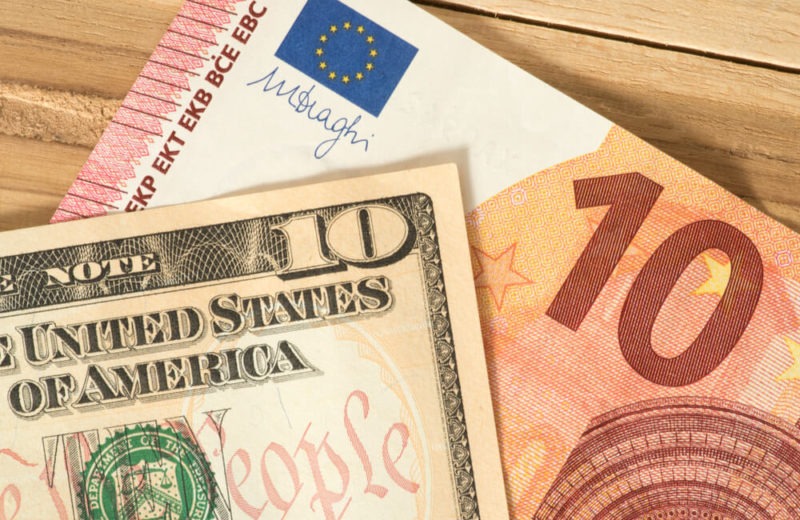Let’s check the international market. Amid worsening economic fallout from the coronavirus pandemic, investors took refuge in safety bids. Thus, the dollar resumed its climb against major currencies.
John Doyle is vice president of trading and dealing at Tempus Inc in Washington. He said that we see sparse data coming in from Italy, the United Kingdom, and Europe. Thus, in case you rush anywhere, it should be the United States dollar as a safe-haven and United States Treasuries.
The dollar hugely shrugged off the United States’ non-farm payrolls report. Thus, it showed a critical job loss of 701,000 last month. It was compared with the forecast of 100,000 lost employment.
Abruptly ended historic 113 straight months of employment growth with March’s job contraction. In the previous month, the unemployment rate rose from 3.5% to 4.4%. The Labor Department also had February’s number to 275,000 job gains.
Dollar and Other Currencies
Doyle said that today’s number and yesterday’s jobless claims report are painting a picture of how bad things can be. Nevertheless, they expect things to be abysmal. That is why they see the limited reaction in the currency market so far.
In the last week, the United States’ initial claim for unemployment benefits rose to 6.65 million, from an unrevised 3.3 million the previous week. In a Reuters survey of economists, the figures far exceed the median estimate of 3.50 million.
The United States dollar index was up 0.6% at 100.78, in mid-morning trading.
Over the week, the index was on course for a near 2.5%. It cut last month from highs on a scramble for cash. It was before slumping as the United States Federal Reserve flooded the market with the liquidity.
Across the board, the dollar strengthened. Thus, New Zealand and Australian dollars, the Japanese yen, sterling, euro, and Swiss franc also lost the ground.
It is leading news of the market.
- Check-out Myforexnews’ Comprehensive Review on X Open Hub














